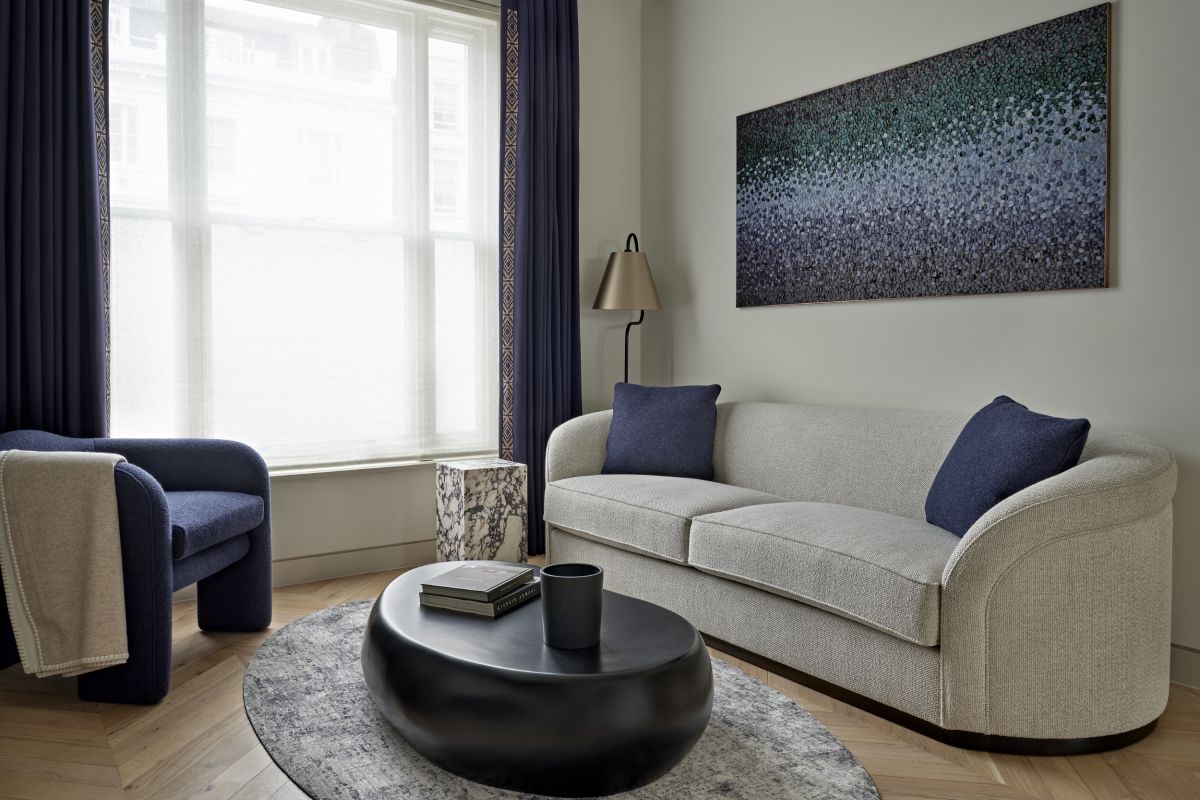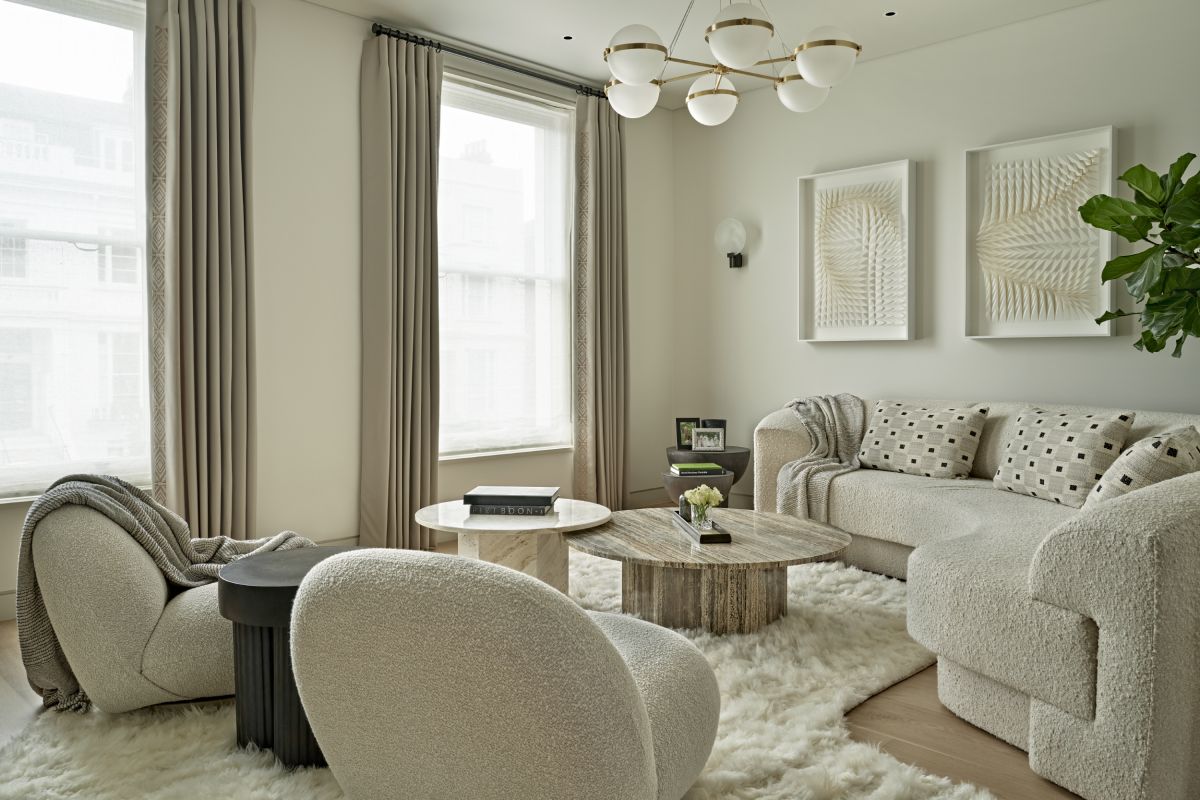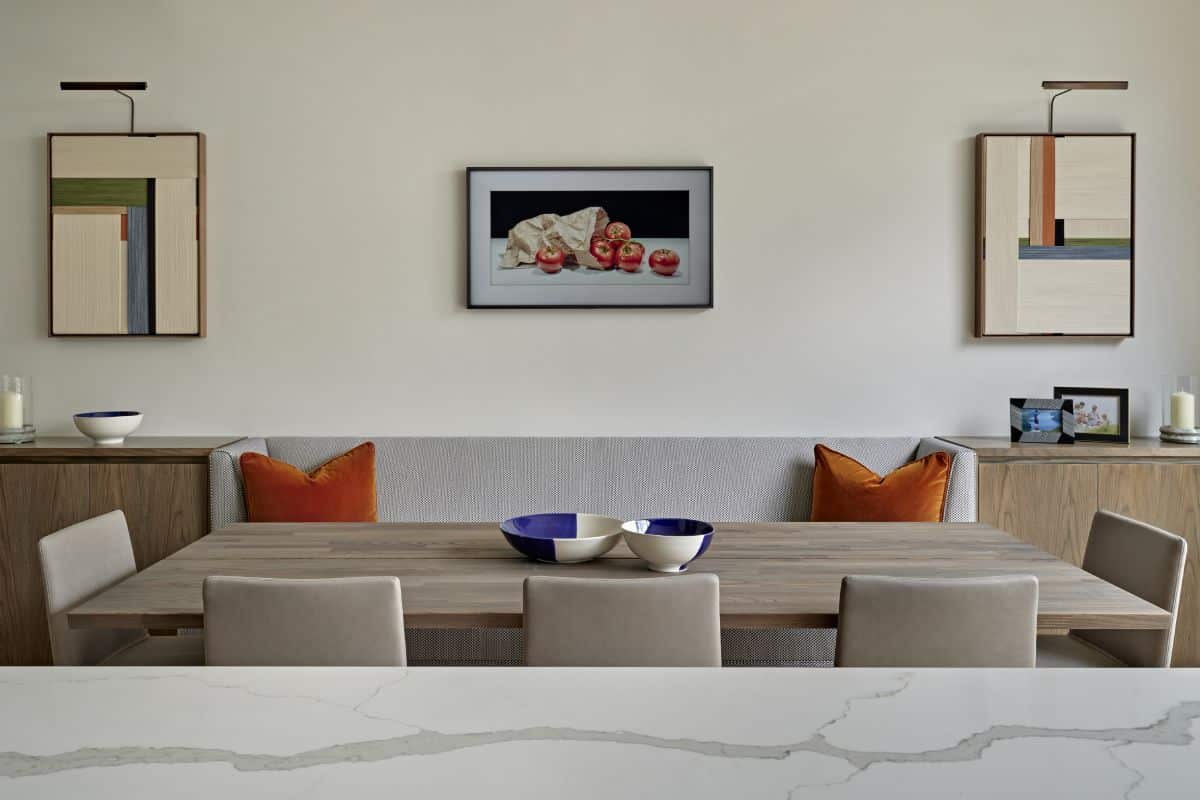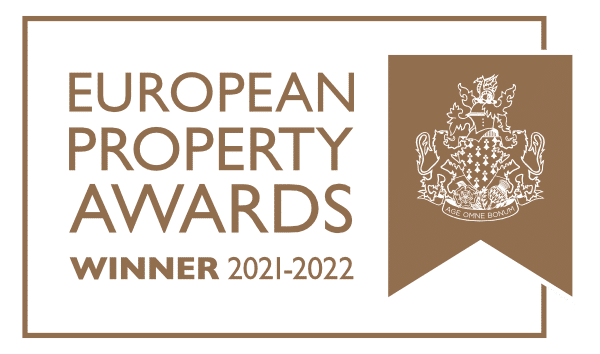Looking at the example of the Sandro Botticelli, ‘Young Man Holding a Roundel’ which will be offered at Sotheby’s New York during their Master Week Sales series in January 2021, can you give us a sense of what it is like to buy at auction?
Auctions are like theatre, with audience participation led by a conductor. A trained auctioneer stands at a rostrum whilst the lot being offered for sale is presented. Bidders can either be in the room, on the telephone or online as the auctioneer announces the current bid being offered to purchase the artwork. Once the bidding is finished and the auctioneer’s gavel hits the podium, the winning bidder is then obliged to pay the hammer price along with the auction house’s commission, or buyer’s premium. Each auction house has a different structure to their charges and the buyer is responsible for paying the additional fees.
What can you tell us about the process of buying an artwork, such as the Sandro Botticelli, ‘Young Man Holding a Roundel’, at auction?
There is certainly a distinct before and after when it comes to buying at auction. Going back to the example of the Botticelli at Sotheby’s New York Master Week Sales, before the sale I would get in touch with a specialist in the Old Master Paintings department and ask for all relevant documentation regarding the piece. Considering the high value of this purchase, I would pose questions regarding provenance and the history of its ownership. I would also query where the artwork was during World War II if it came from a European collector, enquire when the current owner bought the work, and ask whether scholars who study the artist had seen the piece. Because attribution is so vital when it comes to an Old Master picture, the departments and specialists have relationships with art historians and curators who consult on how the artwork should be catalogued. I would also speak to the Old Master specialist about the condition of the work, asking for a condition report, and whether any infrared lighting had been done or if there was any retouching needed. With any Old Master artwork, it is expected to see some restoration because of their age, but the extent of additions should always be studied.
The next person I would contact would be my insurance broker because I would want to be sure that, in the event of a purchase, the appropriate coverage would be in place for the transit and when it is placed in my home.
Once the work has been bought, I would be speaking to Sotheby’s New York about transport arrangements. Because the work is sold in New York, as a United Kingdom resident, I would need to allow for Sotheby’s to arrange for the shipment to the UK in order to avoid paying the New York State sales tax. However, as the buyer, I would still be responsible for the cost of the shipment from New York to the UK. Of course, once the work arrived on UK soil, I would be allowed to elect my own agent for the customs clearance and the payment of the 5% Import VAT based on the declared value.
Finally, I would be certain that a condition report was carried out when the work was collected and as soon as it arrives at my home in the UK.












